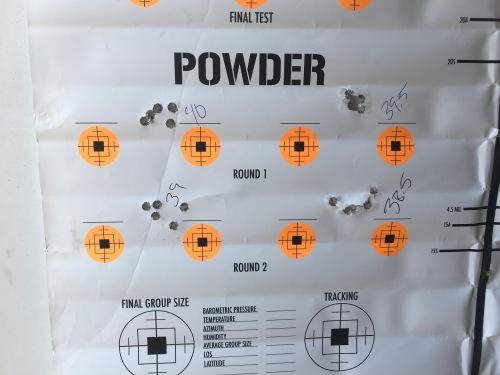cohunt
Well-Known Member
FYI, CCI mil-spec primers are the exact same as the magnum primers except that the anvil is moved back just a bit in the cup to make them more "strike resistant" to floating firing pins --they use the exact same cup, primer compound, and amount of compound as the magnum counterparts, in fact the brisance is the same too-- its just the anvil placement that is different (confirmed with cci a while back)


